Scale
Monday, January 6th, 2014 @ 11:01 pm
experiment, material, sand, scale, wood
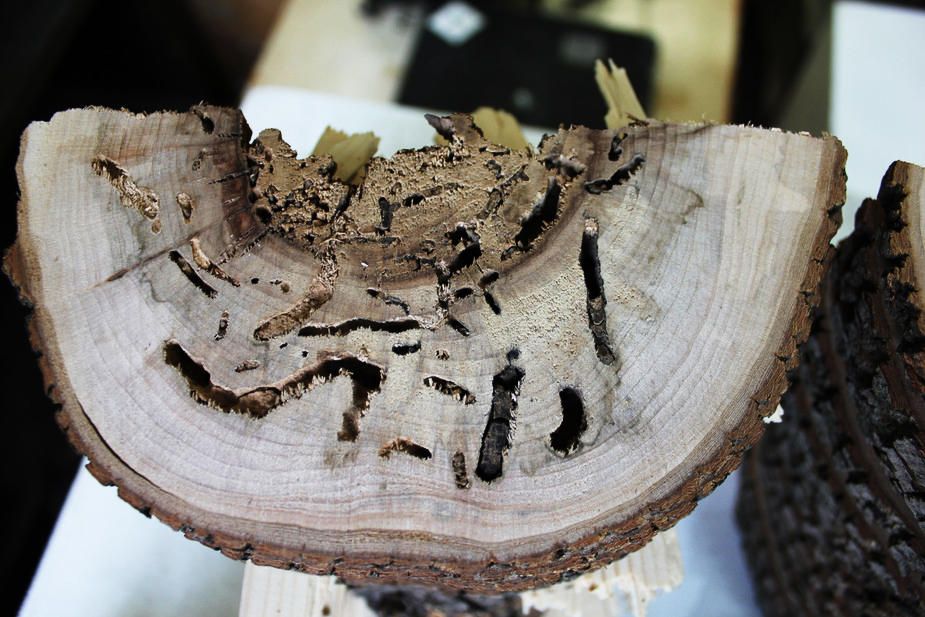
The Spring 2013 semester was a hard one for me. I was struggling with the drive to make things with my new-found abilities that didn’t feel like “art” to me. Furniture is furniture, and art critique deals with it as such. Most often, furniture falls into itself, it remains clearly a furnishing, not an object that could be a chair but could be an abstract form. That I think is the trouble spot. It becomes craft when it is recognizable, especially as something traditional, familiar, and usable.
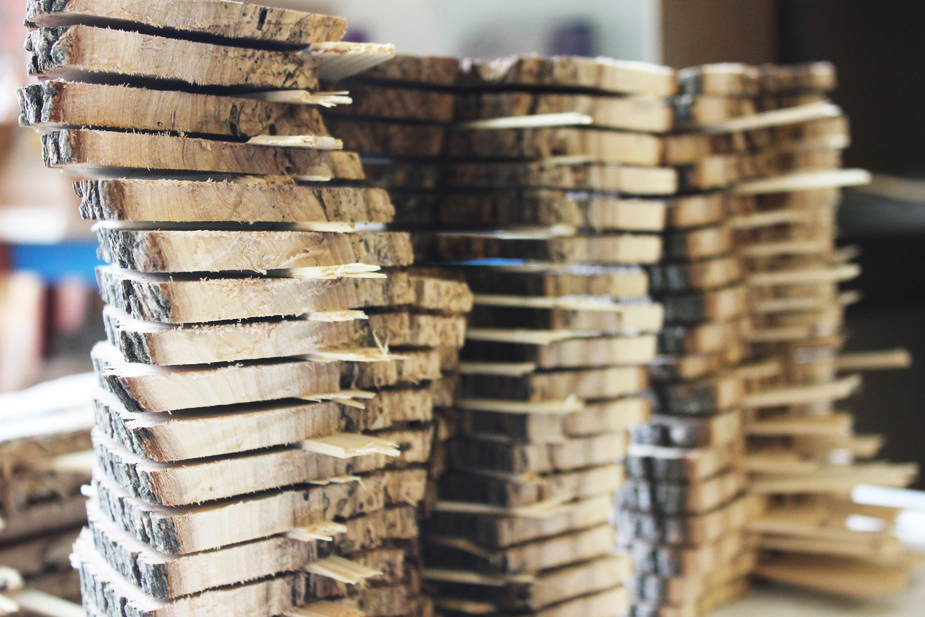
I had a rotten walnut log that I wanted to make something out of real bad. Every time I looked at the worm holes and the rotted patterns I wanted to show them off, sculpt some table legs or something out of the stuff to point out the defects, to show how beautiful the worn material was. But every time I tried to shape a piece, it lost its magic. It had tool marks. It had my hands all over it. It wasn’t the material anymore. It was my attempt that was clearly unconvinced, unconvincing.
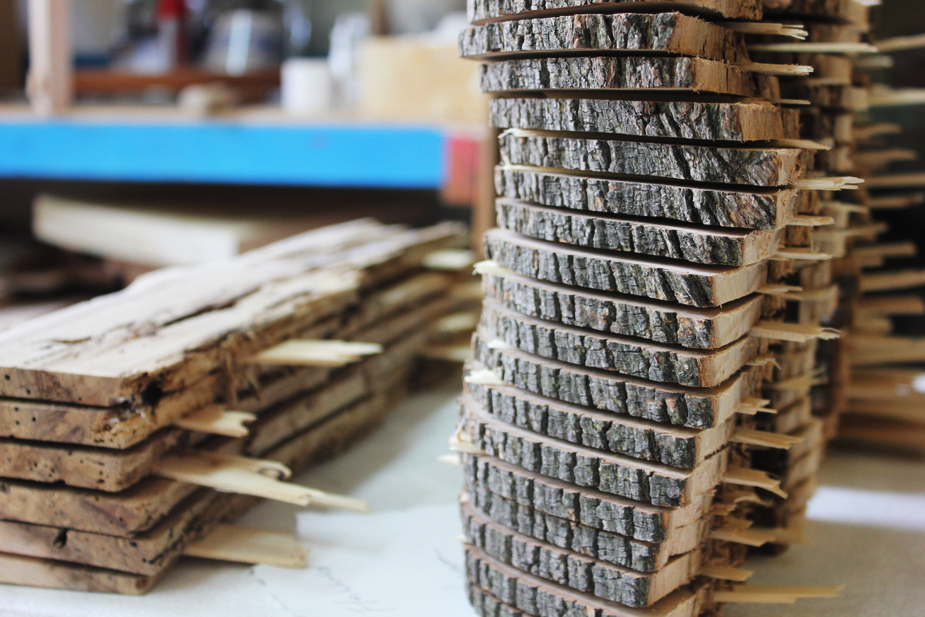
So I simply cut the log into slices. I cut strips and slices out of the material and stacked them. They sat on my desk for a while, a miniature lumberyard, and people loved them. Friends suggested that I make them into a real miniature lumberyard, that I build scenes, that I collage the pieces together, that I design compositions with the rotten wood, or make fantasies.
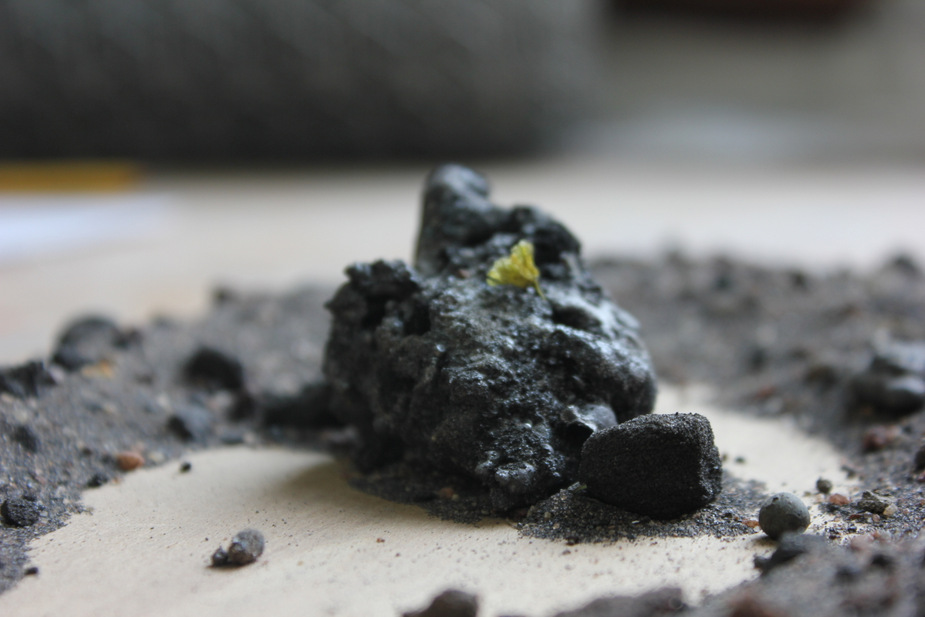
I got to thinking about fantasies and miniature, and played with that for a while. I grew up on Legos, made the transition to writing and film for the same reason that I loved Legos: the imagination, the fantasy. I wondered about making landscapes, first from wood and then from other materials, how to emphasize elements of a composition in a landscape with spots of color, or light. The foundry had just thrown out a bunch of sand molds from a big iron pour they’d done, so I grabbed scraps and assembled a few tiny scenes.
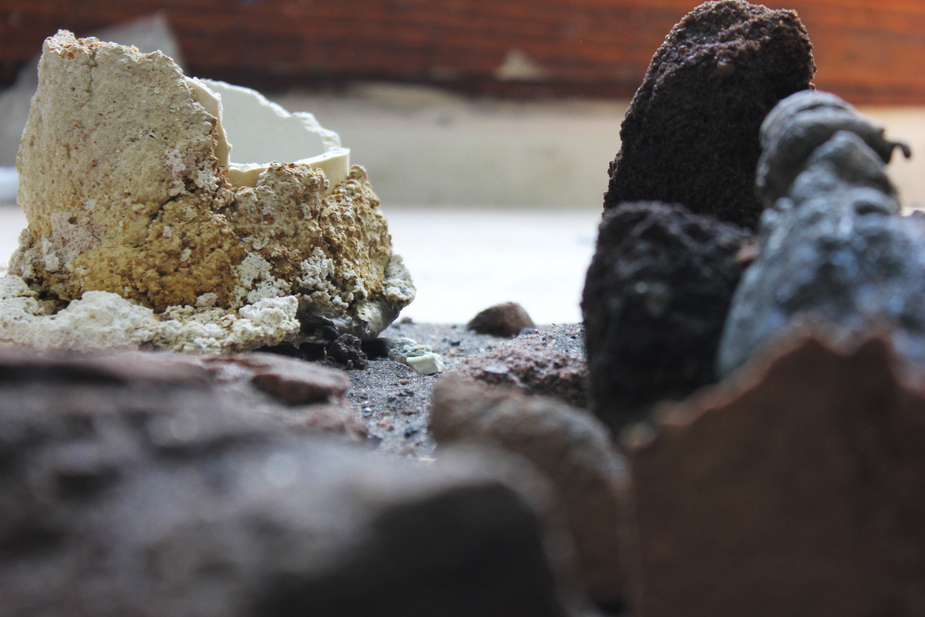
I’ve always loved model-making, I inhaled the behind-the-scenes documentaries on the Lord of the Rings movies, about their miniatures and “big-atures,” and talked once with the man who built the White House model for Independence Day, brain-picking.
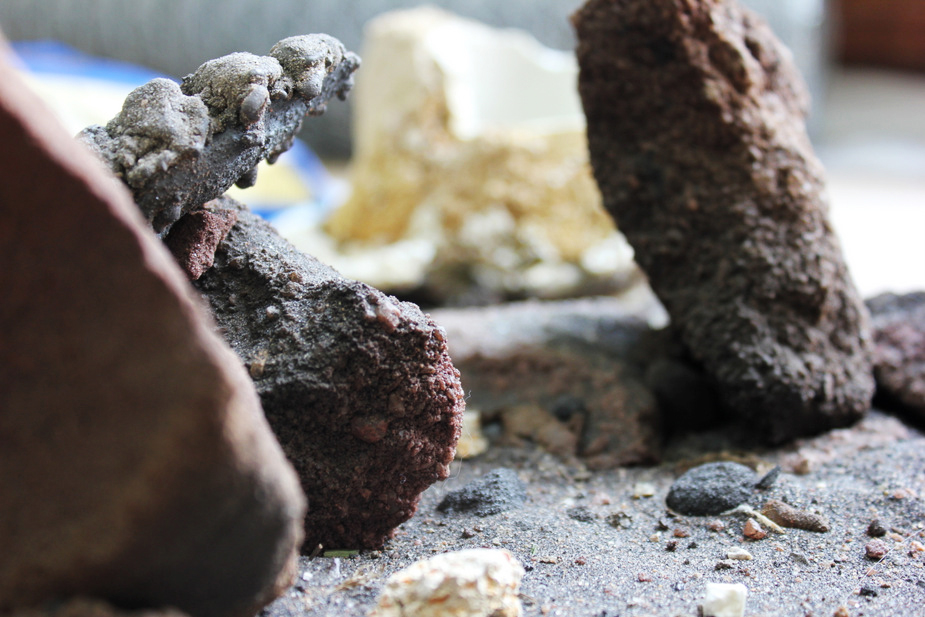
These experiments were quick, simple, and not as effective until the camera came out. Just reviewing them for this post has brought to light some new thoughts about miniature and material, invention and landscape and fantasy, and fun. I brought my Legos back home from my parents’ after this winter vacation, so who knows?
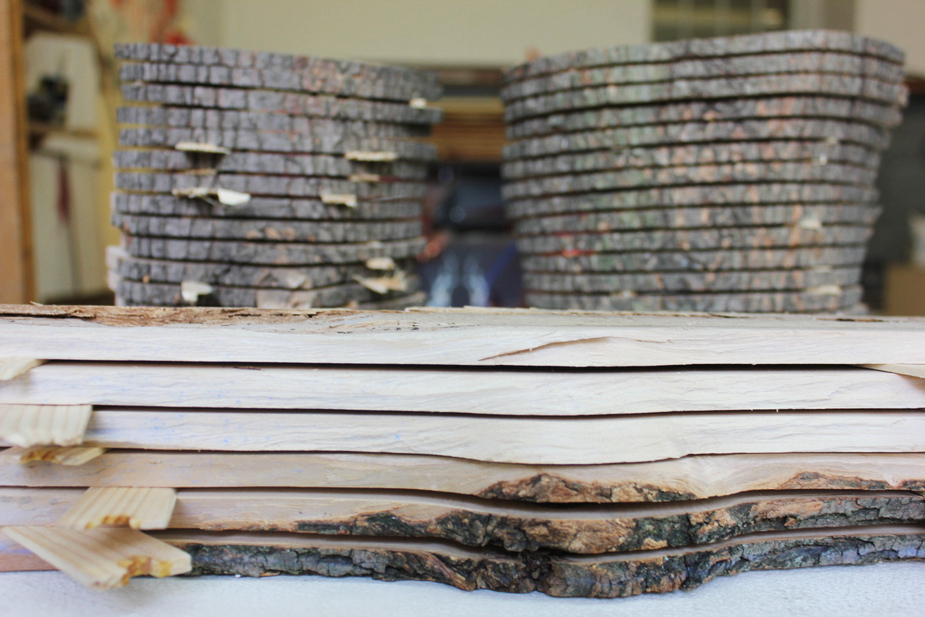
It’s still tough for me to justify the simple cutting apart of a material as art in itself, or as a piece. For some reason it feels too simple. Not enough work. Coming from building and making I suppose that makes sense. And people have certainly succeeded in drawing attention to materials and their qualities. Understanding the nature of things is a huge part of being, after all. So I suppose it’s just one more experience for the books, on which to ruminate.

Comments
Thoughts on the stuff you read? You can leave a response, or trackback from your own site.
Miniature Timberframe Says:
[…] a way in to thinking about scale and inventing environments, I built the thing I’d last built, and knew most how to. A miniature timberframe. The fun […]
January 6th, 2014 at 11:15 pm
Leave a Reply